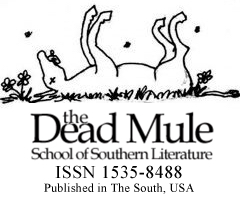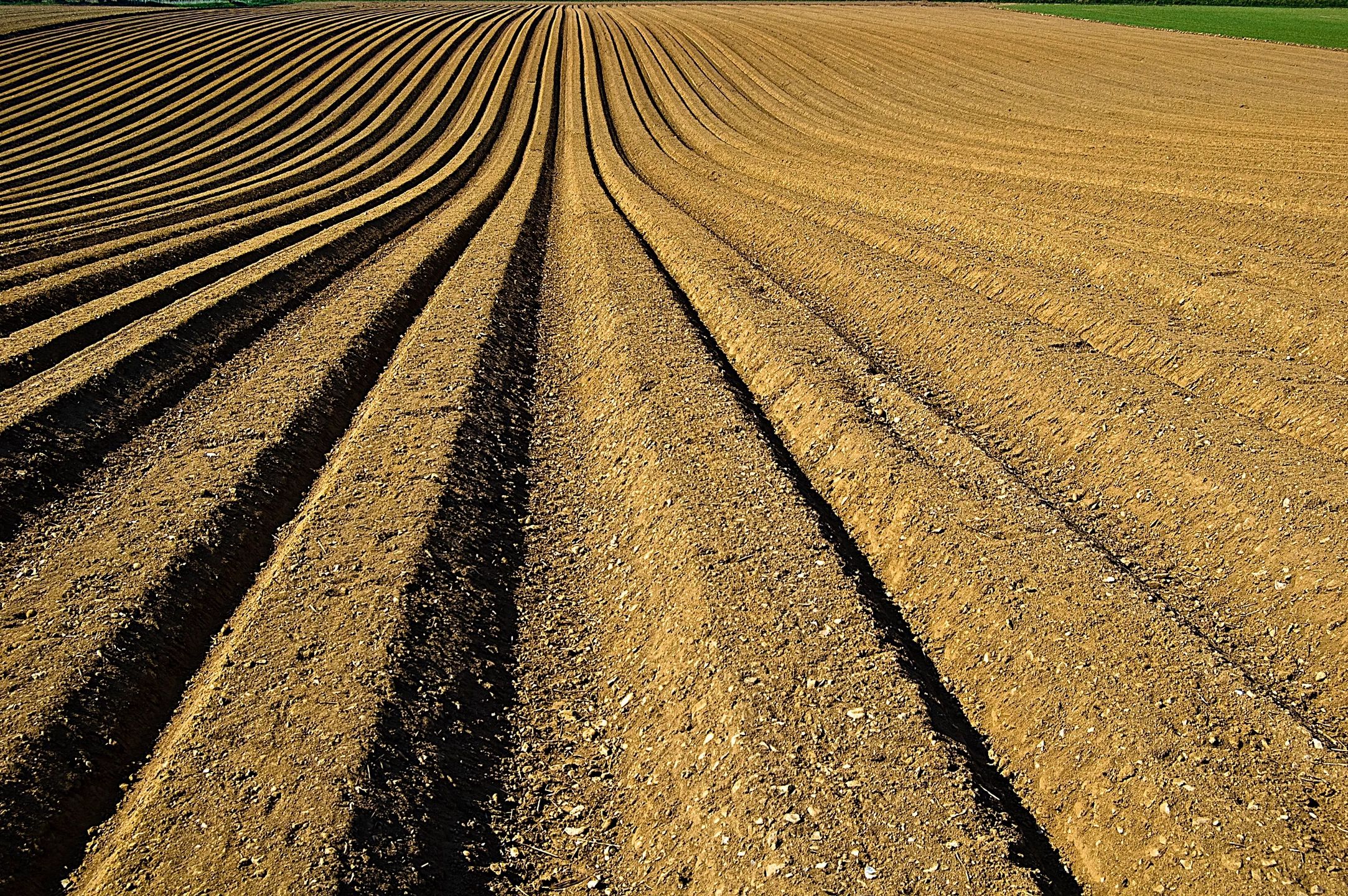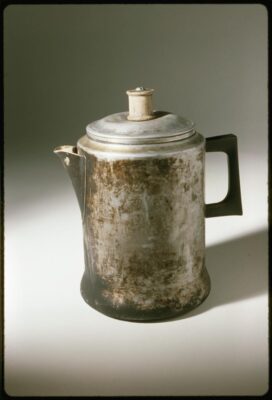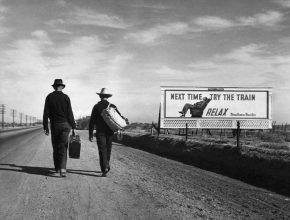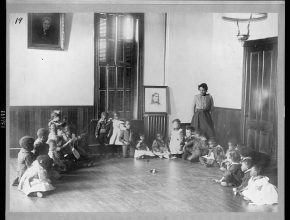Southern Legitimacy Statement: I was raised dirt poor on a poor dirt farm in eastern North Carolina. I have written since I was small and have always been fascinated by people’s motivations. I somehow was able to get a good education and eventually tenure at a major university. I am past the requisite three score and ten and have a lot more to reflect on than to speculate about. There are important stories that need telling and if I don’t, they will be lost. I still live on the family farm. To me, my land has been a capricious mistress, kind and loving at times and cruel and brutal at others. I expect to die here.
On Hoes and Hoeing
Once you see it, it is hard to forget. It is an oil painting. A brtish man leans hard on the short handle of a large hoe in the middle of a huge field of stones and weeds, staring at the ground, exhausted. Like all art, it means to provoke a reaction in the viewer. One of those viewers was the American poet Edwin Markham who wrote the poem, “The Man with the Hoe” that begins:
“Bowed by the weight of centuries he leans
Upon his hoe and gazes on the ground,
The emptiness of ages in his face,
And on his back the burden of the world”.
Hoe is an interesting word. It is from the old German haue where we also get the word hew, as to cut. In Middle English, it was spelled “hough” which is related to “plough” (plow). The hoe is one of man’s most ancient inventions. Just a notch above a digging stick, the first hoes were nothing more than a flat stone tied to a stick handle. Where flat stones were in short supply, the shoulder blades of large animals worked as well. Bronze hoe blades are known from before 3000 BC. After the Bronze Age, iron was used to make hoe blades. It still is. The massive hoe blade of the “man with the Hoe” looks to be of iron.
Until very recently, the hoe was the essential agricultural tool. It had many uses. It could break up heavy soil, clear weeds, did irrigation trenches, ridge garden rows, grub for root crops and numerous other uses including making hoe cake. Nowadays the many functions of hoeing are done mostly by machines. The age of machine hoeing was introduced to the world by the English gentleman farmer, Jethro Tull in a 1731 essay. The big tractors pulling multi row cultivators down rows of growing crops so popular on farm calendars trace their lineage to Tull’s “Horse-Houghing Husbandry”. Despite all this, hoes are still a familiar sight at hardware stores and garden centers worldwide. Most householders have one or more although they are now seldom used.
Hoes are most often associated with weeding. Folks who have done little weeding with a hoe imagine it to be a special form of drudgery –as in “a tough row to hoe”. Some of us who have done our share of hoe weeding (back in the day we called it “chopping”), may hold a little different view. In the rural south I grew up in, hoes were everywhere. Farms had many hoes. Working in the fields with a hoe was what everyone did as part of the yearly farming cycle. It was common for “hoe gangs” of men, women and children to be seen chopping the remaining weeds after a plow had gone through a field.
In farming, weeds are a fact of life. On new plowed ground, to expect grass and weeds not to appear in abundance after an early summer rain is inconceivable. Weeds always come – and keep coming as if the soil’s supply of un-germinated weed seed is endless. Until “layby” when the crops were big enough to shade out the weeds, and the land had dried sufficiently after the rain, a Stonewall plow pulled by a dusty mule would glide down the side of each row. A well-trained mule knew just where to step so as not get the plow sweep too close to the crop. The plow sweeps ran as shallow in the soil as possible to undercut the weeds and grass but not deep enough to harm the crop roots. Up one side and down the other, then down again to “bust the middles”. It was a lot of walking for the mule pulling the plow and a lot of walking for the man behind the plow. After them came the hoe gang to cleanup what was left behind.
Because hoes are so versatile and can do many jobs, there are many different kinds of hoes special made for those jobs. There are big ones, small ones, round ones, square ones, pointy ones, long ones and short ones. Every year or so, some backyard genius will come up with another variation. The Man with the Hoe leans on a massive hoe with a heavy iron head on a huge wooden handle. A mattock really, he is using his hoe to break up the hard rocky unforgiving soil by brute force. I have used a similar tool we called a grubbing hoe to dig an occasional hole for planting a shrub or digging out a wandering root from the garden. A few minutes of this gives one a unique appreciation of Millet’s art and Markham’s commentary.
The hoe gangs of my youth were not armed with mattocks. Our job was not to break heavy soil. The two-horse turning plow did that. Ours was a much lighter tool – an instrument really – a surgical instrument. The tool we used had a light rectangular blade (at least it started off that way) with a goose neck tang attached to a light six-foot white ash handle. They went by different names; Union Draw Hoe, Stalham or Norfolk Hoe, Cotton Hoe etc. There is an American Pattern Hoe with a heavier blade and a forged hole for the handle but nobody I knew used one.
All workers like to have their own tools. Wielders of hoes are no different so everybody had his own hoe. You get used to its heft and balance and the way your hoe feels in your hands. Many folks used the same hoe for years. They were even passed down the generations. I inherited my mother’s hoe. A hoe started off life with a rectangular blade about 2-1/2 inches high and 6 inches wide. Over the years, the square corners wore round and the height decreased. If you are right handed, you hoe with the row on your left and your right hand uppermost on the handle. Left handers were opposite. There is a natural tendency to tilt the hoe to the left or right depending on whether you hoe with the row on your left or right. Right handers tilt the blade to the left, left handers tilt it to the right. Tilting the blade makes it wear more on that side. My mother was right handed so her hoe is worn more rounded on the left side. It was entirely possible to use a hoe nearly up. I have one about as long and wide as two fingers.
Our job was to get the weeds that the plow could not. This took a light hand and fineness. It was something you learned by doing. In the hands of a virtuoso, the shiny blade would flash around the base of the young plants in a motion almost too fast to follow. A hoe could sing and often made a merry tinkling sound as it worked its way over small pebbles. An expert only needed to skim the ground lightly in a quick back and forth motion to leave a clean row. Like the squeaking of a mule harness, the tinkling of a well handled hoe, a half century after the fact, will live forever in my mind.
Yes, there were casualties. Moving the blade so quick and so close to the young plants, you were bound to get one sooner or later. It was shameful to kill what you were working so hard to protect but it did happen occasionally. No one wanted to be caught clipping a plant so we learned to quickly push the severed plant back into the soil. It would look normal for a while. When it did wilt in the hot sun, you and the rest of the hoe gang would be on across the field, out of sight of your slip-up.
It was not really hard work. There was lively conversations and long spells with just the thoughts in your head. The sun was hot but there was always the jar of water in the shade of the trees at the end of the rows. Being in the middle of the field on a bright summer morning with the soft breeze listening to the birds in the distance was a delight. Especially so if you were barefooted in the soft plowed soil. It was about as close to what God intended man to do as I can imagine. Those times are long past. I am sorry so few nowadays have this most singular experience. I am also sorry for the Man with the Hoe and that his experience was not like mine.
